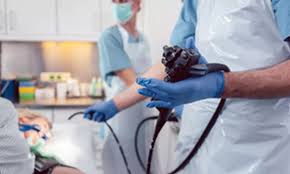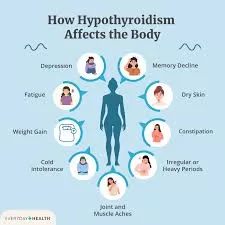A groundbreaking study conducted by researchers at the Brigham and Women’s Hospital in the United States has uncovered a concerning revelation: healthcare workers assisting in endoscopic gastrointestinal procedures may be subjected to dangerous levels of toxins, equivalent to smoking a cigarette during each procedure. This revelation poses significant health risks for medical professionals involved, as highlighted by the study’s findings released on Thursday.
Lead author Trent Walradt, a research fellow at Brigham, emphasized the lack of regulations and guidelines specifically addressing smoke exposure in gastrointestinal endoscopy compared to those in traditional surgery. “Surgeons in the operating room have regulations and guidelines to mitigate smoke exposure, but that does not exist for gastrointestinal endoscopy,” Walradt noted.
The study’s principal investigator, Chris Thompson, who also serves as the director of endoscopy at Brigham, underscored the severity of the issue by drawing a parallel between the toxin exposure during procedures and smoking habits. “If you’re doing four or five procedures a day, that’s five cigarettes a day. Over the course of a week, it’s like you’re smoking a pack of cigarettes. That’s not acceptable,” Thompson expressed.
The research team analyzed various gastrointestinal endoscopic procedures known to produce smoke, including interventions aimed at stopping bleeding, reducing the size of the opening to the small intestine post-gastric bypass, and excising cancerous and precancerous polyps near the muscle.
The findings, set to be presented at the Digestive Disease Week (DDW) 2024 in Washington, DC, revealed alarming levels of volatile organic compounds during these procedures, reaching twice the maximum safe level determined by the Environmental Protection Agency (EPA). This level of exposure was found to be comparable to smoking a cigarette, indicating a significant risk to the health of healthcare workers involved.
Moreover, the study identified elevated levels of ultrafine particles and fine inhalable particles, particularly during procedures involving argon plasma coagulation. This technique, which utilizes argon gas and an electrical current to cauterize and remove tissue, demonstrated the highest average levels of these harmful particles.
The implications of these findings are profound, calling for immediate attention from healthcare regulatory bodies and institutions to implement measures aimed at safeguarding the health and well-being of healthcare workers. With the evidence presented by this study, it is imperative to establish comprehensive guidelines and protocols to mitigate smoke exposure risks in gastrointestinal endoscopic procedures, ensuring a safer working environment for medical professionals.











